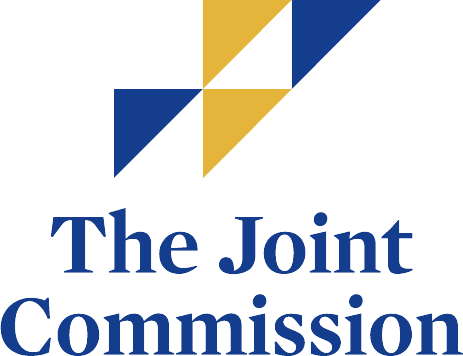Let’s compare the path of two individuals, Gary and Brian.
Gary’s parents both worked full time and often relied on fast food and pre-prepared meals to feed their family around their busy schedules. They all lived a sedentary lifestyle as the parents were so tired when they got home from work that being active was the last thing on their minds. As an adult, Gary developed similar eating and lifestyle habits because this was all he knew. Gary starts to notice a decline in his energy but assumes it is a sign that he needs more sleep. Despite making this change, he continues to feel fatigued and notices that he is using the restroom more often than normal. Because of these symptoms, Gary is unable to socialize in the way he had before and typically doesn’t have the energy to leave the house except for work. His immune system even seems to be impacted, often calling out of work due to frequent colds or infections. One day, Gary goes to see his doctor to figure out why he is feeling unwell, and his doctor tells him that it is due to having undiagnosed Type II Diabetes. Gary’s dad had been diagnosed with diabetes a few years prior as well. Gary is then informed of what he can do to treat his illness so that it does not continue to progress, as it could be fatal if left unaddressed.
Brian also grew up with two working parents, but they ended their workdays with drinking beer to wind down. His parents often joked that everything was made better once they had a drink in their hand, as if this was the perfect solution to all problems. As an adult, Brian mirrors his parents’ habits by ending his day with a beer. Eventually, Brian begins to use alcohol to cope with other stressful situations like having a disagreement with his partner or learning his car needs expensive repairs. Quickly, alcohol becomes his primary method of dealing with the struggles of daily living and his frequent intoxication starts to impact his home and work lives. Brian attempts to cut back, but he is only able to stop for about a week before returning to drinking. Brian is unsure of what to do and feels like he is not in control of what is happening and decides to see his doctor. Brian is then diagnosed with Alcohol use disorder and his doctor recommends that he seek treatment. Brian’s grandfather had died due to cirrhosis of the liver related to alcohol use, but the family had never discussed if he was addicted because drinking was so normal in their family.
In the situations of both Gary and Brian, there are many similarities despite having totally different paths to illness. Both have a genetic pre-disposition for their diagnosis because other family members had also suffered from similar illnesses. There was also a learning element, where the behaviors that led to their conditions were introduced by their home environments growing up. Both potentially had the ability to intervene earlier to prevent the progression of the illness, but they also both lacked the key component – knowledge. This is the basis of the disease model of addiction.
The disease model of addiction challenges the commonly held belief that addicts choose to engage in their addict behaviors and have total control over their actions. This “choice” model implies that despite the negative consequences of their addiction, the addict continues to choose to stay in their addiction.
Now, let’s consider Gary from the perspective of the “choice” model. It could be argued that his diagnosis was directly caused by his choices in diet and lifestyle and therefore had every opportunity to avoid developing his condition. Some may even label him as impulsive or short-sighted because the conveniences of fast food only hurt him in the long run. Gary may even be labeled as selfish because those choices are potentially life threatening and would them impact his family if he died due to an early death. He should have eaten better, and he could have found more opportunities to exercise if he really cared about his family.
Does this sound familiar? These are all of the same arguments made towards individuals with addiction. However, because there are more immediate and impactful consequences associated with addiction, this is seen as more deliberate. It becomes a matter of morality. This underlying belief is what fuels stigma against addiction. Could you imagine someone saying that someone else is “a bad person” after only learning they have a diagnosis of diabetes? It would not be unusual to hear a person use the term “addict” as a derogatory label to degrade someone’s character. Their diagnosis is now their entire identity.
Returning to the stories of Gary and Brian, both ended with the identification of their diagnosis and the education of what their next steps should be. Both have the option to ignore the recommendations of their doctors or to start moving towards recovery. Each path typically requires a dramatic shift in habits and thinking and a recognition that these changes will be for the rest of their lives. This is a huge undertaking, and not everyone is prepared to make that change right away. Humans are creatures of habit, and it may take many attempts to break those old habits before any progress can be seen. Gary and Brian also both still come from families that engage in those habits and normalize the patterns that are so problematic for them, sometimes even shaming them for changing. There is so much more to recovery than just deciding to make the choice, and the expectation that it is that simple can make it feel so much more defeating when an attempt fails.
So, what can a family do to support their loved one when they are trying to make an attempt at recovery?




